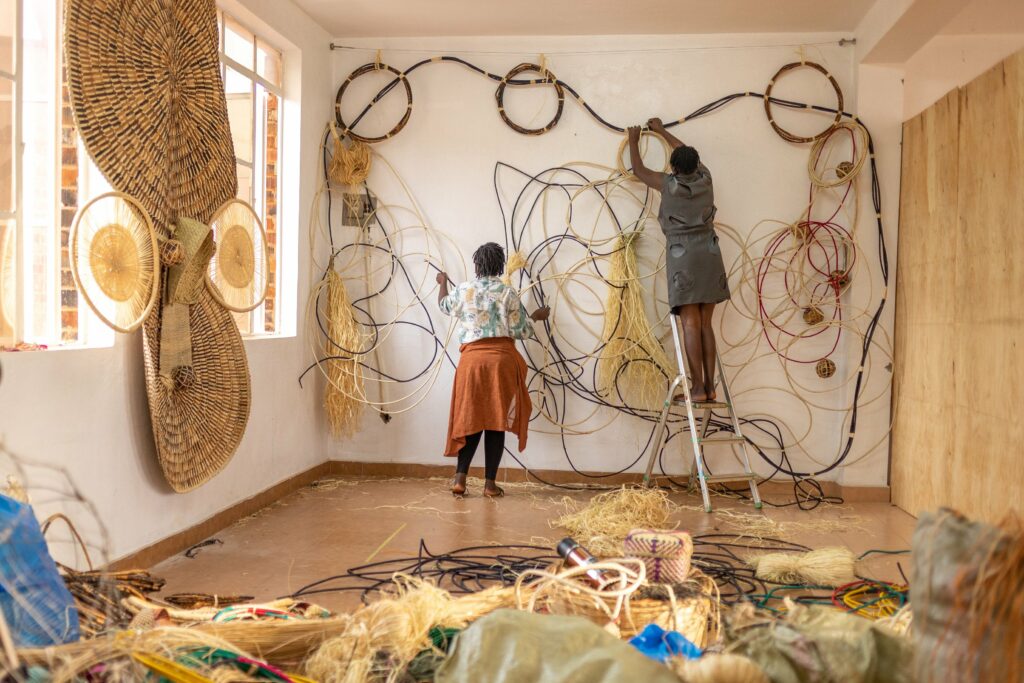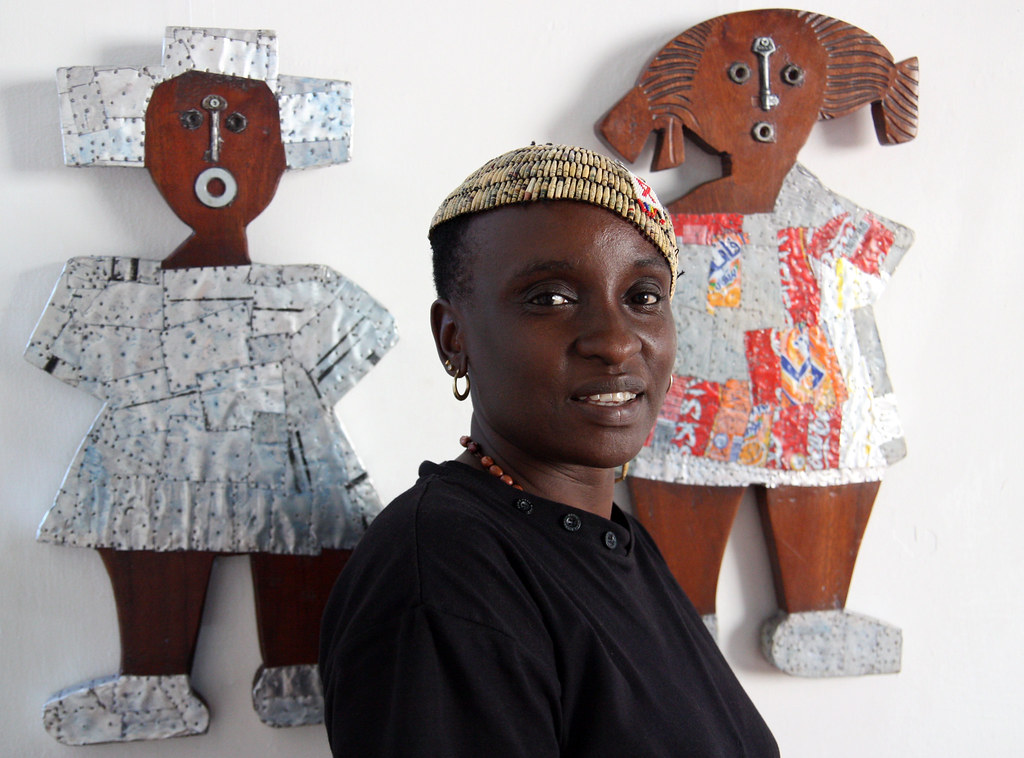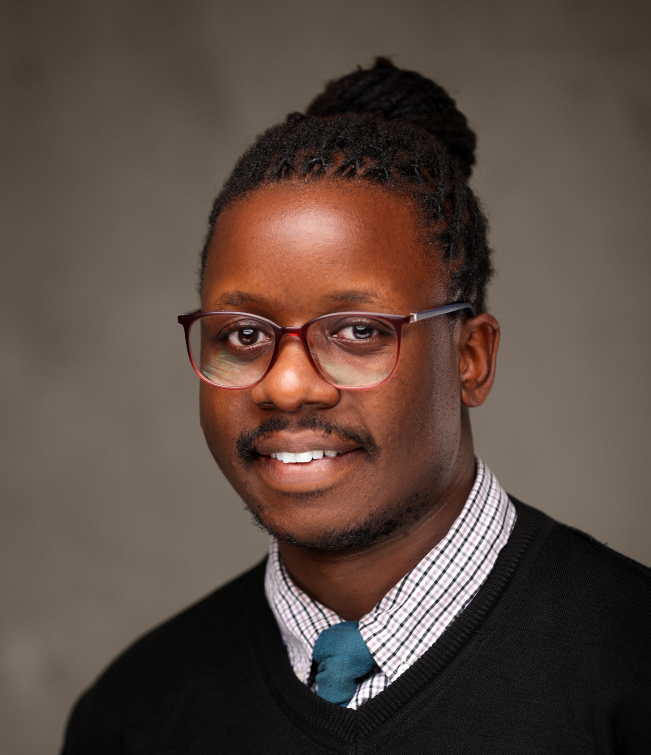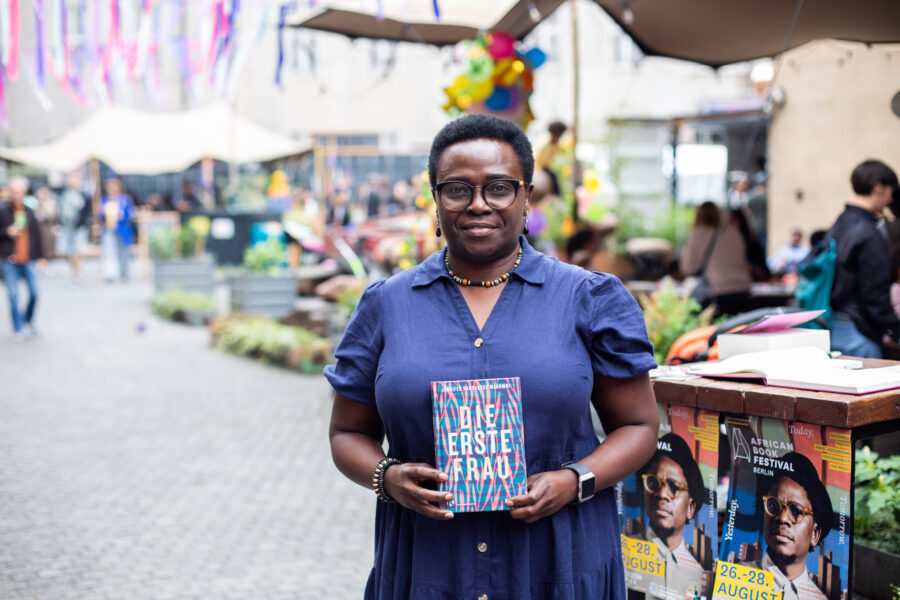Creative Arts as a Catalyst for Social Change in Uganda
In the vibrant and diverse palette of Ugandan culture, artists have resurfaced as powerful catalysts for social change and political discourse. Their work, often a fusion of creativity and activism, has illuminated the path toward a more inclusive and participatory democracy.
In the heart of Uganda’s emerging contemporary arts, the canvas has become a battleground for political engagement. Artists are wielding their brushes and chisels as powerful tools for activism, challenging the status quo and expanding the horizons of participatory democracy.
This blog, titled “Brushstrokes of Change,” will delve into the profound impact of Ugandan artists on political discourse, exploring the various ways in which they navigate the complex terrain of democracy, freedom of expression, youth engagement, online activism, community engagement, and resistance.
The brushstrokes of visionary artists like Sanaa Gateja and Acaye Kerunen, is more than just pigment on canvas; it’s a powerful force for transformation and an eloquent commentary on democracy and political participation.
The Power of Art as Catalyst for Social Change
Art, in all its forms, possesses an innate ability to stir the hearts and minds of individuals. In Uganda, artists have harnessed this power to challenge authority and inspire collective action. Their work serves as a visual commentary on the state of democracy and political participation, transcending the limitations of words.
George Mpanga also known as George the Poet, in a recent interview opined that
artists are not just entertainers and they can’t simply ‘sit on the fence’. He argues
that rather, artists should be the vanguards of social change.

The acclaimed spoken word artist of Ugandan descent uses his poetic license to debate and evoke action on social issues in Britain and across the globe.
‘For me, I’m trying to have a conversation, and conversations are an egalitarian affair. It’s like all of us standing one floor, speaking to each other. I got into this game to talk about social progress.’ His recent award winning BBC podcast, ‘Have you Heard George? is a fresh voice and avenue for socio-political debate.
Through his thought provocative social commentary, George the Poet uses his podcast to explore various social and political issues, often focusing on topics related to race, inequality, and social justice. He uses his unique style of poetic narration to provide a deep and introspective look into these issues, offering a fresh and engaging perspective. George aims to organise a community out of his listeners. A socially-motivated community of problem-solvers.
‘I think that’s possible. Like I said, if we’re all having a conversation and good ideas emerge, and we’re able to organise ourselves because we’re united by this poetry that I’m creating, then we can impact society.’
Freedom of Expression: Navigating Constraints in a Changing Political Landscape
One of the critical themes in the intersection of art and politics in Uganda is the delicate balance artists must strike between self-expression and the constraints imposed by the political climate. Freedom of expression is a fundamental pillar of any democracy, and writers such as Kakwenza Rukira, Dr. Stella Nyanzi and Dr. Jimmy Spire Ssentongo (Satirical cartoonist) have grappled with these constraints in
their own unique ways.
In Uganda, as in many challenging democracies, artists often navigate constraints on freedom of expression. Their work challenges authority, highlights the struggles of marginalized groups, and calls for accountability. Yet, they sometimes face censorship and persecution for their bold statements. Despite these obstacles, artists like Dr. Spire persevere, using their creativity as a means of resistance against oppressive forces.
Youth Engagement: Inspiring Change and Empowering Peers
In Uganda, where a significant portion of the population is young, the role of young artists and activists cannot be overstated. They serve as a driving force behind political change, inspiring their peers to become active participants in shaping the nation’s future. Artists like Acaye Kerunen exemplify the commitment to women’s empowerment and the dismantling of colonial and patriarchal structures.
Acaye Kerunen: The Artist and the Activist
Acaye Kerunen, a multi-disciplinary performance and installation artist and activist, embodies the intersection of art and social activism in Uganda. Born and raised in Kampala by her single mother, who was also an artist, Acaye’s worldview was shaped by maternal values that instilled a deep sense of woman-consciousness.
These values are not just theoretical for Acaye; they are the very essence of her work. She collaborates with women, many of whom are survivors of domestic violence, poverty, or internal displacement. Through her art, she offers them a platform to express their inherent creativity and resilience, challenging the fine art
vs. craft divide imposed by Western traditions.
Her installations and multimedia works are a testament to the power of collective
creativity and social awareness.
Acaye’s art is the result of performance, collaboration, environmental
consciousness, and an authentic exploration of lived experiences. She employs
techniques like hand stitching, knotting, and weaving with natural fibers, inspired by
her mother’s craftsmanship.

Kendu: Art as Regeneration and Nourishment
In 2018, Acaye unveiled an interactive installation called “Kendu” at the Nyege
Nyege Ugandan culture and music festival. This womb-like structure, crafted from
locally sourced barkcloth, served as a profound symbol of regeneration and origin.
Festivalgoers were not only visually captivated by the artwork but were also
nurtured with locally sourced refreshments prepared by the artist, prompting deep
reflection on their relationship with the land.
Acaye Kerunen’s work is just one example of how artists in Uganda are expanding
the boundaries of participatory democracy. The visual elements of her art are not
merely aesthetic but also political. She uses her craft to comment on democracy
and political participation, emphasizing the need for authentic representation and
the empowerment of marginalized voices.
Beyond Acaye’s work, painters, illustrators, and street artists in Uganda are using
their visual talents to depict political issues and challenge the status quo. Murals,
graffiti, and public art have become powerful tools for raising awareness about civic
issues and sparking crucial conversations within communities.
Community Engagement: Collaborating for Positive Change
Artists in Uganda often work hand-in-hand with local communities and grassroots
organizations to address specific issues. Their collaboration brings art closer to the
people it represents, fostering a sense of ownership and participation in political
discourse. Dr. Lilian Nabulime’s use of sculpture to address HIV/AIDS stigma and
misconceptions exemplifies how art can be a tool for breaking down societal barriers
and fostering open discussions.
By engaging with the people and places that inspire their art, artists create a
profound connection between their work and the realities of everyday life. This
symbiotic relationship between art and community fosters a sense of collective
agency and shared responsibility for shaping a better future.
Dr. Lilian Nabulime: Pioneer and Artistic Visionary
Dr. Lilian Nabulime is highly acclaimed in the realm of Ugandan art. A sculptor,
lecturer at the Margaret Trowell School of Industrial and Fine Art at Makerere
University, and a PhD holder of a Fine Art from the University of Newcastle in the
UK, she is a leading figure in contemporary Ugandan art. Nabulime’s journey as an
artist was significantly shaped by her mentor, the renowned sculptor Francis
Nnaggenda.
Nabulime’s works, such as “Kavuyo” (1993) and “Meeting Point” (2014), bear the
hallmark of her training, marked by large-scale execution and her affinity for wood
as a medium. Her art transcends mere aesthetics; it embodies a specific social
agenda, aiming to raise awareness and ignite discussions that go beyond the visual
realm.

What sets Nabulime apart is her meticulous choice of materials. She believes that
art is most effective when it’s made from materials that the audience can relate to.
For her doctoral thesis, Nabulime embarked on a project deeply personal and
socially significant. Caring for her late husband, who succumbed to AIDS, and
witnessing the stigma surrounding the disease, she decided to create sculptures
that would spark conversations about HIV/AIDS.
Nabulime’s journey is a testament to the transformative power of art in Uganda. But
she is not alone. Across the nation, artists from various disciplines are using their
visual talents to depict political issues and push the boundaries of participatory
democracy. In the brushstrokes of change, these artists paint a brighter future for
Uganda’s democracy and political engagement.


